calsfoundation@cals.org
State Parks Division
aka: State Parks
aka: Arkansas State Parks
The State Parks Division, which is part of the Arkansas Department of Parks, Heritage and Tourism, manages the state’s fifty-two state parks and promotes the state of Arkansas as a tourist destination for people around the country.
Arkansas’s first state park, Petit Jean State Park, was established in 1923 after the passage of Act 276, which authorized the commissioner of state lands to accept land donations for state parks and reservations. However, Arkansas did not have an agency overseeing the development of state parks until 1927, when the legislature, through Act 172, created the seven-member State Parks Commission “to select and acquire such areas of the State of Arkansas which, by reason of their natural features, scenic beauty and historical interest, have educational, recreational, health, camping and out-door life advantages,” as well as to preserve native flora and fauna for purposes of promoting Arkansas and attracting visitors. The commission was ordered to survey the state with relation to its need for public parks and begin acquiring the necessary land for such; it also had the power to acquire tax-delinquent lands for the purposes of establishing a park, as happened with the state’s second state park, located on Mount Nebo. This commission was replaced, by Act 170 of 1937, with the Arkansas State Parks Commission. Act 42 of 1953 created the State Forestry and Parks Commission to replace the Division of Forestry and Parks in the Arkansas Resources and Development Commission; aside from providing for the improvement and expansion of state parks, this commission was also tasked with the “comprehensive and uniform protection of forest trees.”
Two years later, Act 330 of 1955 created the State Publicity and Parks Commission for “the purpose of encouraging the establishment of new industrial enterprises and the expansion of the tourist industry” as well as publicizing the state with respect to its natural, historical, and cultural resources. The new commission, consisting of people appointed by the governor, absorbed the responsibilities and duties of the previous Arkansas Publicity and Information Commission and the State Forestry and Parks Commission. Act 85 of 1969 changed the name to the State Parks Recreation and Travel Commission and mandated that the commission consist of at least one newspaper editor and one individual involved in radio or television broadcasting and that the commission be representative of the four congressional districts. The present State Parks Division was created as the Arkansas Department of Parks and Tourism (ADPT) by Act 38 of 1971, which reorganized a number of state governmental agencies. In 1975, the Mississippi River Parkway Commission was transferred to the ADPT’s Great River Road Division. In November 1996, state voters approved Amendment 75, which put in place a one-eighth-cent tax for the benefit of state agencies working on conservation issues, among them the ADPT.
The ADPT has worked with local governments, other state agencies such as the Arkansas Game and Fish Commission (AGFC), and non-profit organizations such as the Nature Conservancy in managing and acquiring land for state parks. However, not all parks within the state park system offer amenities or even recreational activities. The Herman Davis State Park in Manila (Mississippi County), for example, consists solely of one acre of land that surrounds a monument to World War I soldier Herman Davis and his gravesite. Likewise, the Conway Cemetery State Park in Lafayette County preserves the cemetery in which is buried the first governor of the state but features nothing but picnic tables and has no on-site staff. In 2017, legislation was passed giving the department control over War Memorial Stadium in Little Rock (Pulaski County).
Act 910 of 2019 split the ADPT into the Tourism Division and the State Parks Division of the new Arkansas Department of Parks, Heritage and Tourism.
In addition to their involvement with state parks, the State Parks Division and the Tourism Division work to attract people to the state of Arkansas—both as tourists and as permanent residents—producing a variety of videos, brochures, commercials, advertisements, and magazines to highlight the state’s opportunities, including the Living in Arkansas guide.
For additional information:
Arkansas State Parks Division. https://www.arkansasstateparks.com/ (accessed February 8, 2023).
Ellison, Joan. “Pulaski County State Parks: A History of the State Park System.” Pulaski County Historical Review 57 (Spring 2009): 18–26.
Staff of the CALS Encyclopedia of Arkansas
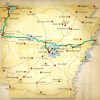 Arkansas Heritage Trails System
Arkansas Heritage Trails System Arkansas Natural and Cultural Resources Council
Arkansas Natural and Cultural Resources Council Hardison, T. W.
Hardison, T. W. Politics and Government
Politics and Government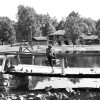 Recreation and Sports
Recreation and Sports State Parks of Arkansas
State Parks of Arkansas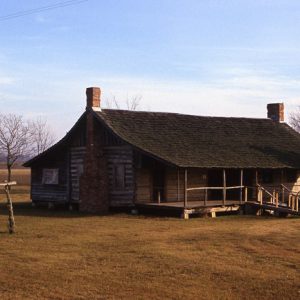 Arkansas County Museum
Arkansas County Museum  Bull Shoals-White River State Park
Bull Shoals-White River State Park 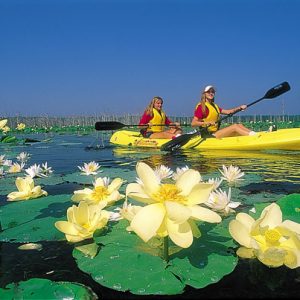 Cane Creek State Park
Cane Creek State Park 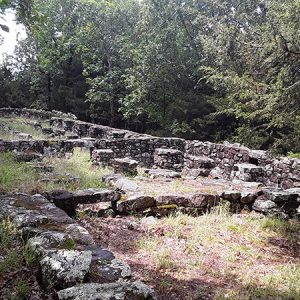 CCC Lodge
CCC Lodge 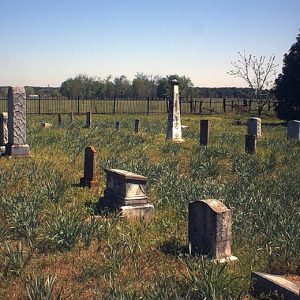 Conway Cemetery State Park
Conway Cemetery State Park 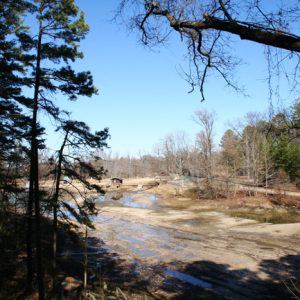 Crowley's Ridge State Park
Crowley's Ridge State Park 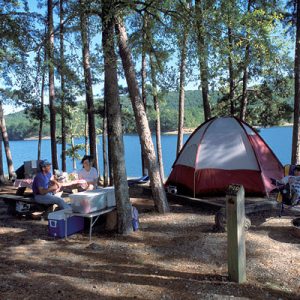 Daisy State Park
Daisy State Park  Daisy State Park Entrance
Daisy State Park Entrance 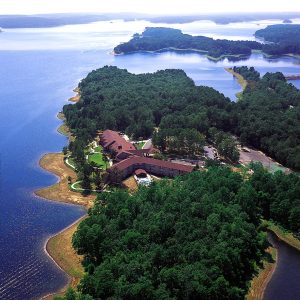 DeGray Lake Resort State Park
DeGray Lake Resort State Park 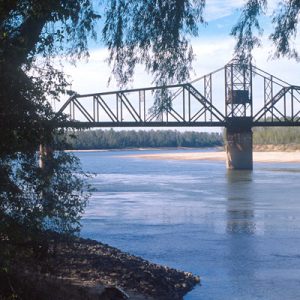 Delta Heritage Trail
Delta Heritage Trail 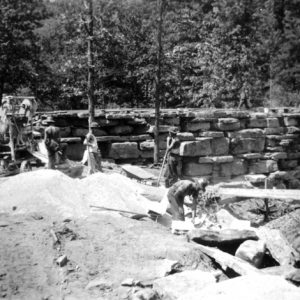 Devil's Den State Park
Devil's Den State Park 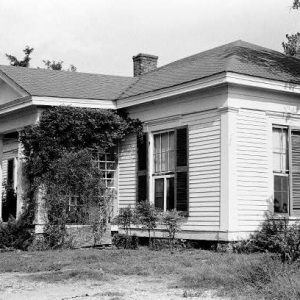 Historic Washington State Park
Historic Washington State Park 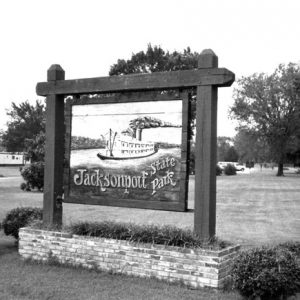 Jacksonport State Park
Jacksonport State Park 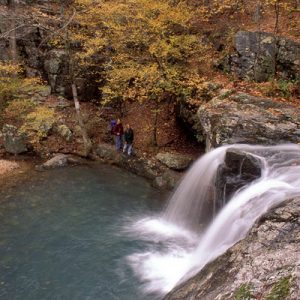 Lake Catherine State Park
Lake Catherine State Park 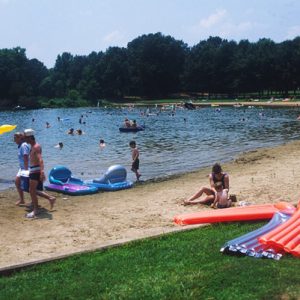 Lake Charles State Park
Lake Charles State Park 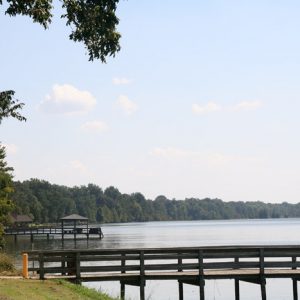 Lake Chicot State Park
Lake Chicot State Park 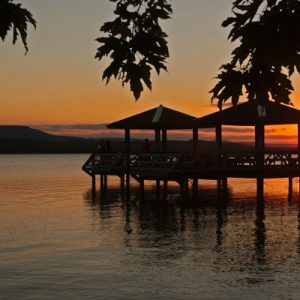 Lake Dardanelle State Park
Lake Dardanelle State Park 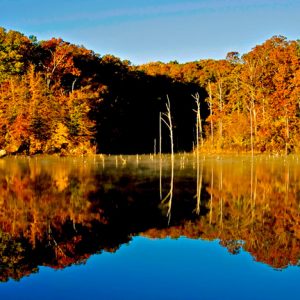 Lake Dunn
Lake Dunn 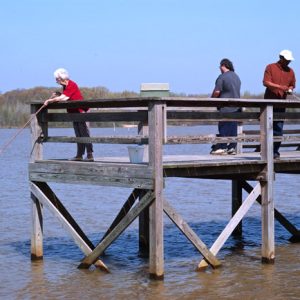 Lake Frierson State Park
Lake Frierson State Park 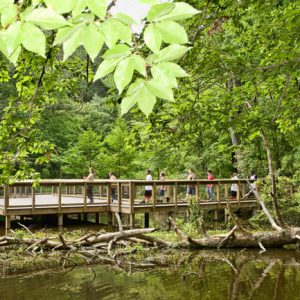 Logoly State Park Pier
Logoly State Park Pier 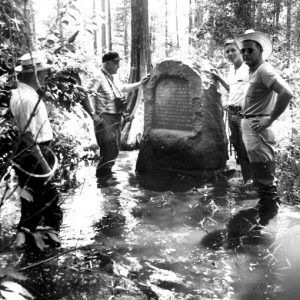 Louisiana Purchase Historic State Park
Louisiana Purchase Historic State Park 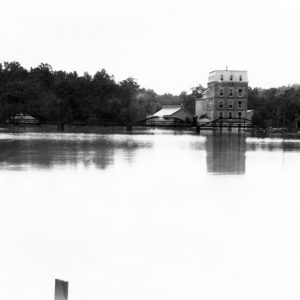 Mammoth Spring State Park
Mammoth Spring State Park 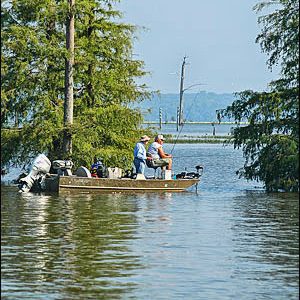 Millwood State Park
Millwood State Park  Moro Bay State Park
Moro Bay State Park 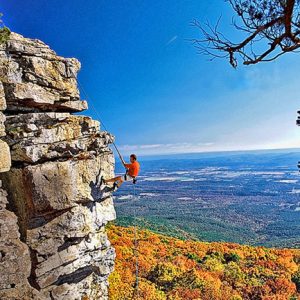 Mount Magazine State Park
Mount Magazine State Park 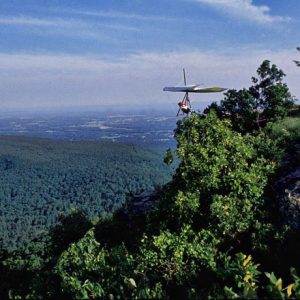 Mount Nebo Hang Gliding
Mount Nebo Hang Gliding 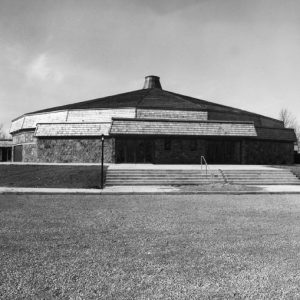 Ozark Folk Center State Park
Ozark Folk Center State Park 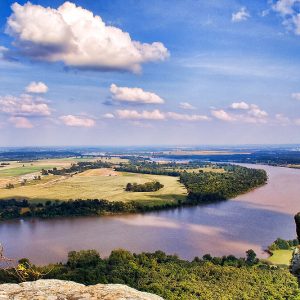 Petit Jean State Park
Petit Jean State Park 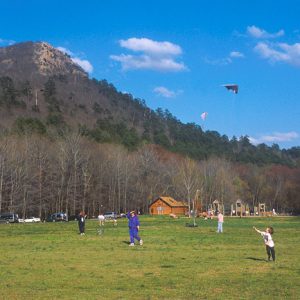 Pinnacle Mountain State Park
Pinnacle Mountain State Park 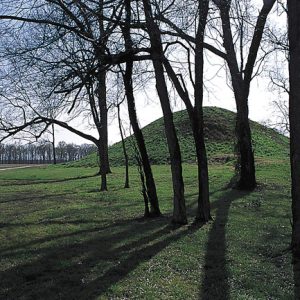 Plum Bayou Mounds Archeological State Park
Plum Bayou Mounds Archeological State Park 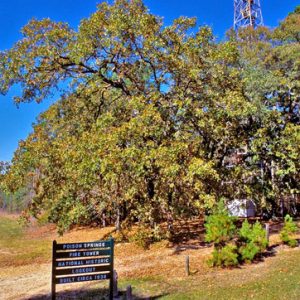 Poison Spring Fire Tower
Poison Spring Fire Tower 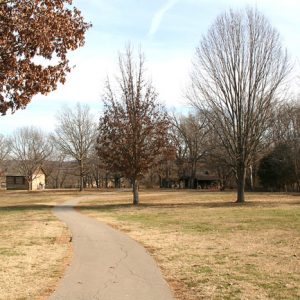 Prairie Grove Battlefield State Park
Prairie Grove Battlefield State Park  Queen Wilhelmina Lodge
Queen Wilhelmina Lodge 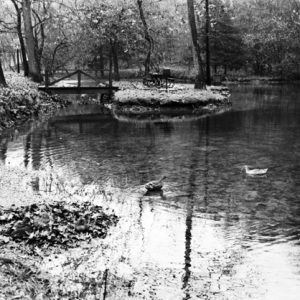 Withrow Springs State Park
Withrow Springs State Park 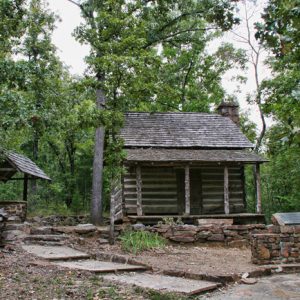 Woolly Cabin
Woolly Cabin 



Comments
No comments on this entry yet.